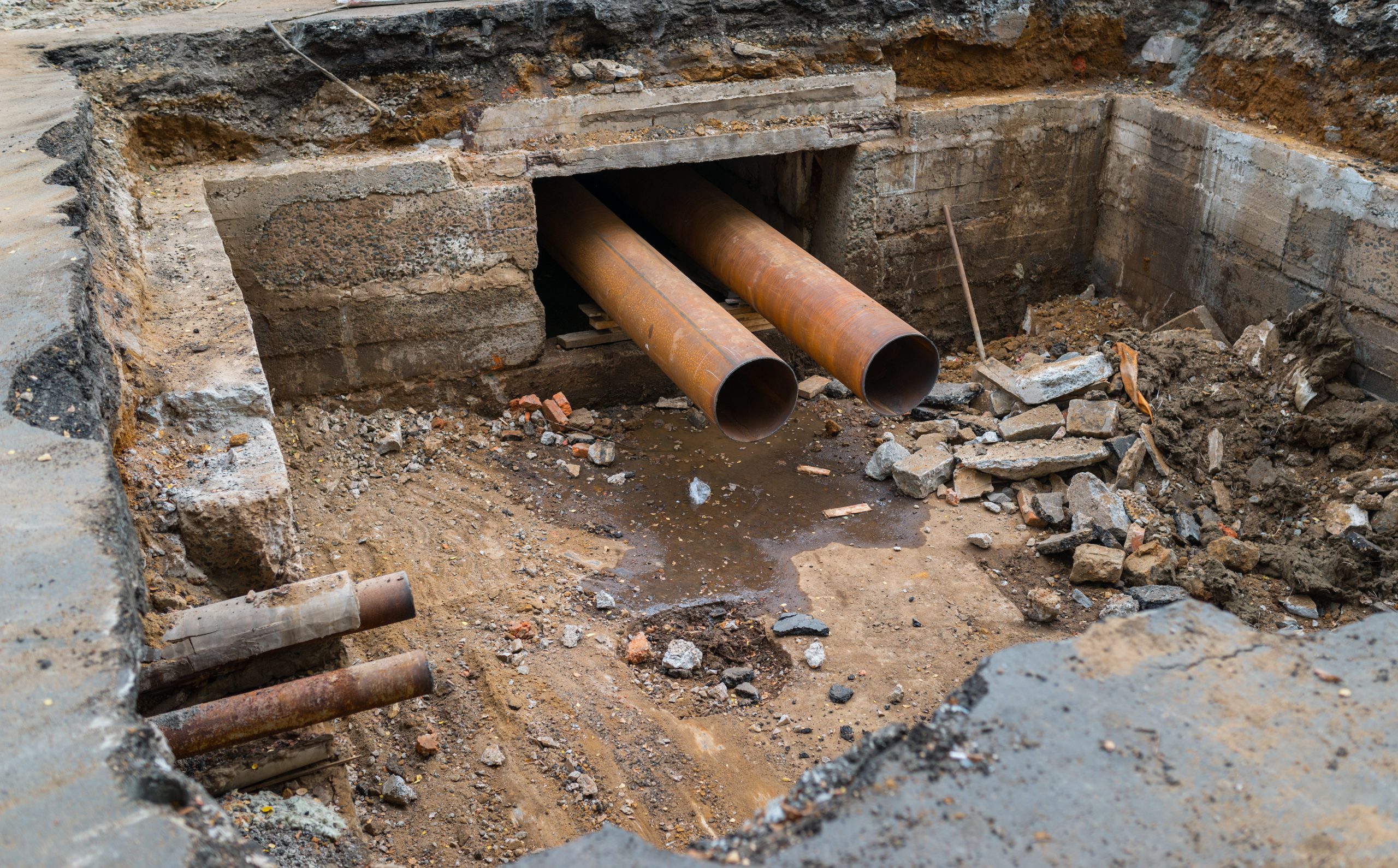Do Contractors Need Errors & Omissions Insurance?
November 12, 2018
Find out whether you need errors and omissions insurance
Find out whether you need errors and omissions insurance

Insurance? Check! You’ve got it, right? Your general liability policy is in place, and you’re all set.
Not so fast. If you don’t have errors and omissions (E&O) coverage, you might be vulnerable to a potentially devastating suit.
It’s not like you’re foolhardy. Many business owners assume their general liability policy will cover them for most of the potential issues they face. And E&O coverage can be expensive. So is it really worth the investment? We think so!
General liability insurance protects your company against physical injury to people and damage to property arising from your daily operations and/or negligence. It does not cover faulty work. That’s where professional liability or E&O comes in. It covers negligence related to the professional services or advice you provide – things like unintentional property damage, damage to products and re-work. It’s generally related to financial loss vs. physical injury or damages.
Your partners can get you into hot water, too. You might think having your architect or engineer sign off on their designs protects you from any damages resulting from their work. But as the contractor, you are the one who has the legal agreement with the owner, and you are ultimately responsible for the entire job – the design and any mistakes made in executing on that design. E&O would be necessary to protect your interest.
E&O coverage also can cover your responsibilities when a subcontractor makes an error. The coverage includes the performance of services on your behalf – protecting you, as the insured, from liability for the subcontractor’s error. The subcontractor, however, is not protected by your E&O insurance.
A contractor installed an HVAC system as expected. After the building was occupied, however, the owner realized the system was not working properly. Without E&O coverage, the contractor was on the hook for the entire cost of tearing out and reinstalling the system.
A general contractor installed sewer lines improperly. He had to dig them out and reinstall them on his own dime, costing thousands of dollars in time and material.
A general contractor retained a design firm to design a call center and secured indemnification and hold-harmless agreements in the contract. After construction, inspectors said insufficient design of the utility conduits prevented certification of the facility, resulting in significant delays. By the time the suit was brought, the design professional had declared bankruptcy, and the general contractor was unable to enforce the indemnity agreement. The contracting firm incurred $1.5 million in defense and indemnity costs – which were covered by its E&O policy.
A general contractor was hired by a bio-pharmaceutical firm to design and build a processing facility. Cracks appeared in the ground floor slab about a year later. Research showed the slab was under-designed and could not support the manufacturing equipment. The cost for slab replacement exceeded $600,000 – which was covered by the E&O policy.
Contractors require a special set of coverages and endorsements. Standard E&O policies that might work for a printer or a manufacturer could leave contractors open to gaps or require them to add individual endorsements. A broker familiar with contractors also will have connections with carriers who specialize in contractor coverage and provide competitive rates on contractor-specific policies.
In the end, the decision to purchase E&O coverage must be weighed against your tolerance for risk. Thoughtful conversations with your broker should lead you in the right direction.